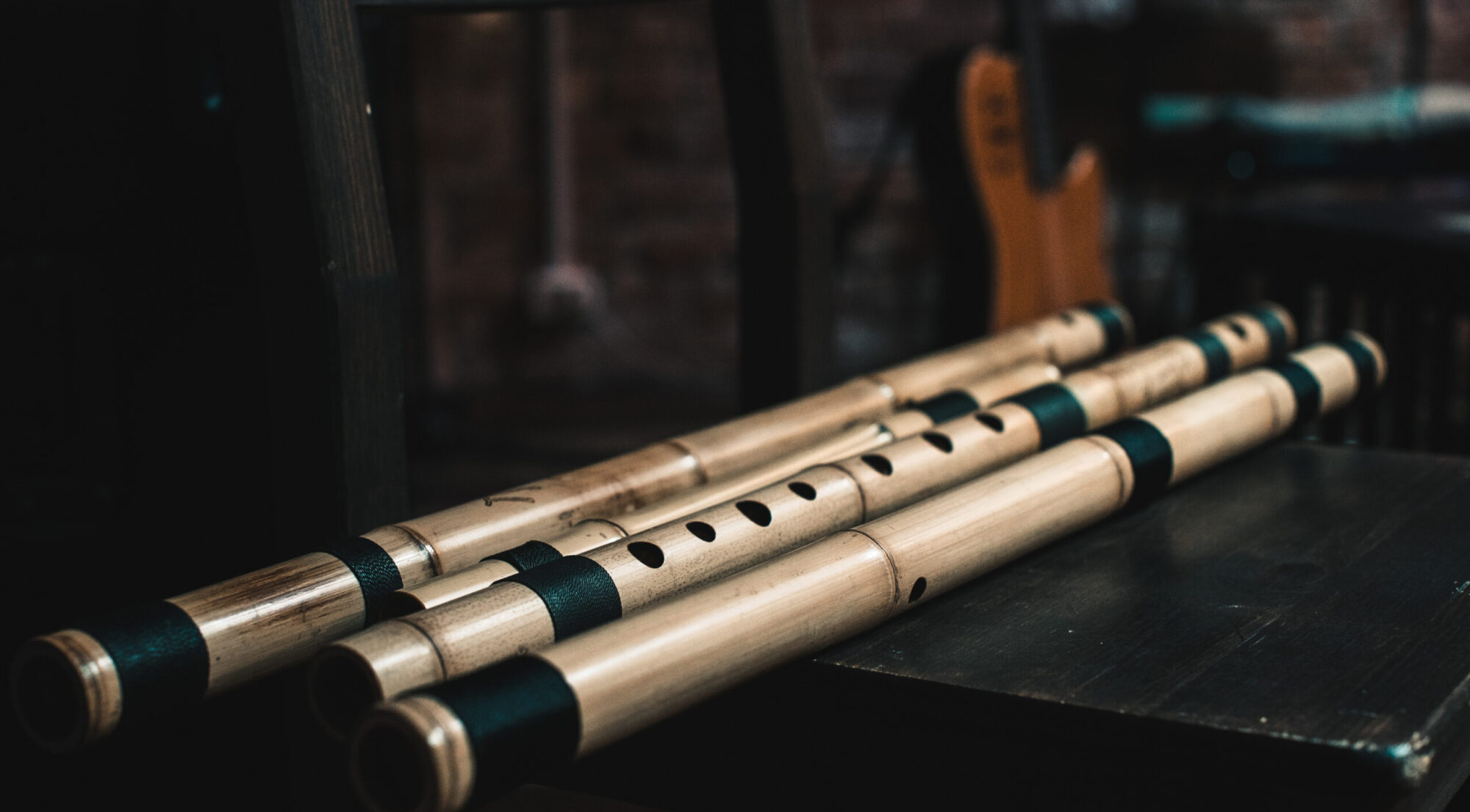-
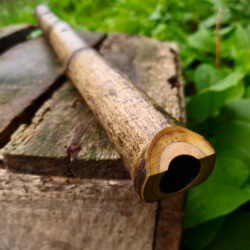 Simple shakuhachi jiari (Dark bamboo)€128.00
Simple shakuhachi jiari (Dark bamboo)€128.00 -
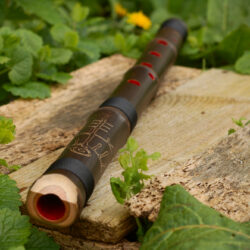 7-holes shakuhachi jiari (Dark)€138.00
7-holes shakuhachi jiari (Dark)€138.00 -
 Simple shakuhachi jiari (black rustic)€128.00
Simple shakuhachi jiari (black rustic)€128.00 -
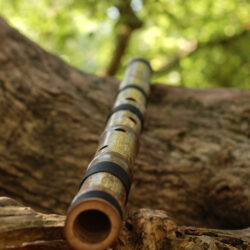 Bass Simple shakuhachi€165.00
Bass Simple shakuhachi€165.00 -
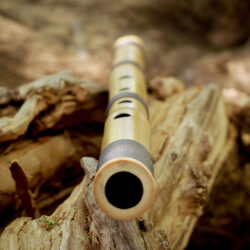 Simple shakuhachi jiari€128.00
Simple shakuhachi jiari€128.00 -
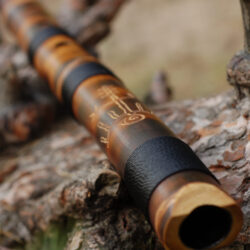 Simple shakuhachi jiari (dark)€128.00
Simple shakuhachi jiari (dark)€128.00
This is a low-cost alternative to the root-end shakuhachi, which allows you to try out being a komuso monk, or for your uses in meditation practice, adding a nice wood-wind sound to your music, or just solo playing for fun
Fingering, tuning, and playing technique of non-root and root-end shakuhachi are the same.
Jiari. This flute looks simple with a smooth bore and is no different from the root-end jiari from the inside. Killer value for money.
Jinashi with a thick wall (> 6mm). Sometimes it is hard to find a suitable bamboo piece for this option. The inner channel of such a flute has a smaller cone than the ordinary shakuhachi. It is something in between the other two offers.
Jinashi with a thin wall (3mm). This flute is the same as the thick wall shakuhachi in its tuning and technique of playing but it is completely different in sound. If you want a flute with shakuhachi abilities but with a soft and deep sound, this one’s for you. A thin wall provides powerful resonance at low-mid frequencies. Big jinashi flutes with thin walls sound very subby, soft, and deep.
